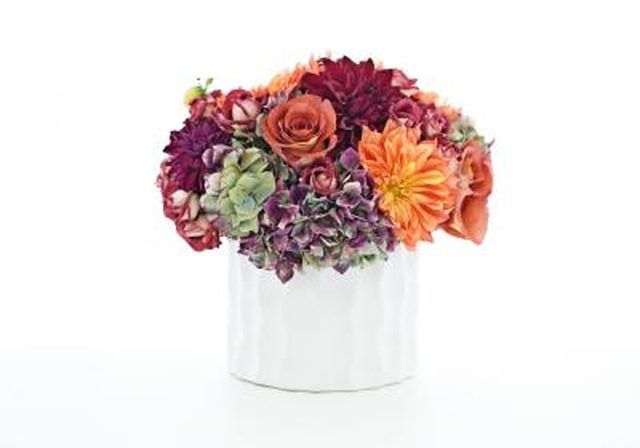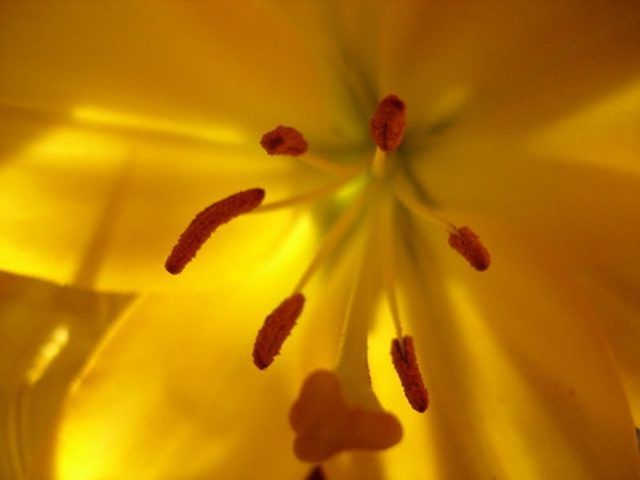Bulbs
Flower Basics
Flower Beds & Specialty Gardens
Flower Garden
Garden Furniture
Garden Gnomes
Garden Seeds
Garden Sheds
Garden Statues
Garden Tools & Supplies
Gardening Basics
Green & Organic
Groundcovers & Vines
Growing Annuals
Growing Basil
Growing Beans
Growing Berries
Growing Blueberries
Growing Cactus
Growing Corn
Growing Cotton
Growing Edibles
Growing Flowers
Growing Garlic
Growing Grapes
Growing Grass
Growing Herbs
Growing Jasmine
Growing Mint
Growing Mushrooms
Orchids
Growing Peanuts
Growing Perennials
Growing Plants
Growing Rosemary
Growing Roses
Growing Strawberries
Growing Sunflowers
Growing Thyme
Growing Tomatoes
Growing Tulips
Growing Vegetables
Herb Basics
Herb Garden
Indoor Growing
Landscaping Basics
Landscaping Patios
Landscaping Plants
Landscaping Shrubs
Landscaping Trees
Landscaping Walks & Pathways
Lawn Basics
Lawn Maintenance
Lawn Mowers
Lawn Ornaments
Lawn Planting
Lawn Tools
Outdoor Growing
Overall Landscape Planning
Pests, Weeds & Problems
Plant Basics
Rock Garden
Rose Garden
Shrubs
Soil
Specialty Gardens
Trees
Vegetable Garden
Yard Maintenance
Male & Female Reproductive Parts of a Flower
Male & Female Reproductive Parts of a Flower. Flower parts vary tremendously in number, shape, size and arrangement among varieties. But all flowers have one purpose: to reproduce the plant. Flowers usually have both male and female reproductive parts that are roughly similar to human sexual organs.

Flower parts vary tremendously in number, shape, size and arrangement among varieties. But all flowers have one purpose: to reproduce the plant. Flowers usually have both male and female reproductive parts that are roughly similar to human sexual organs.
Male Reproductive Parts
The male flower organ is called the stamen. The stamen has two parts: an anther and filament. Anthers are sacs that hold pollen, the male reproductive cells. Filaments are long, thin stalks that sit in a flower's middle. Each filament holds a pair of anthers up into the air, making the pollen available to pollinators such as wind, bees and birds. The yellow, gold or brownish powder on anthers is pollen. Flowers usually have several stamens.
Female Reproductive Parts
The female flower organ is called the pistil. The pistil usually is located in a flower's center and has three parts: the style, stigma and ovary. The style is a tube-like structure with a sticky surface at its top, known as the stigma, to which pollen sticks. It usually extends further out of the flower than do the filaments. The style leads down to the ovary, which contains ovules, or egg cells. If pollen reaches an ovule and fertilizes it, the ovule develops into a seed.

Female and Male Flowers
Female or pistillate flowers are those with a working pistil, but no stamen. If a flower has a working stamen, but no pistil, it is called male or staminate.